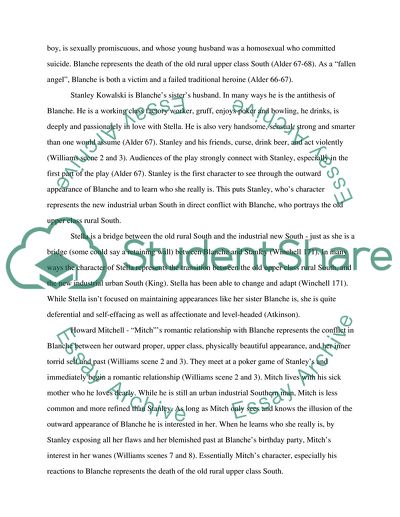Cite this document
(“The Universal Appeal of the Theme of Change and Conflict Essay”, n.d.)
The Universal Appeal of the Theme of Change and Conflict Essay. Retrieved from https://studentshare.org/literature/1546360-research-paper-a-streetcar-named-desire
The Universal Appeal of the Theme of Change and Conflict Essay. Retrieved from https://studentshare.org/literature/1546360-research-paper-a-streetcar-named-desire
(The Universal Appeal of the Theme of Change and Conflict Essay)
The Universal Appeal of the Theme of Change and Conflict Essay. https://studentshare.org/literature/1546360-research-paper-a-streetcar-named-desire.
The Universal Appeal of the Theme of Change and Conflict Essay. https://studentshare.org/literature/1546360-research-paper-a-streetcar-named-desire.
“The Universal Appeal of the Theme of Change and Conflict Essay”, n.d. https://studentshare.org/literature/1546360-research-paper-a-streetcar-named-desire.


